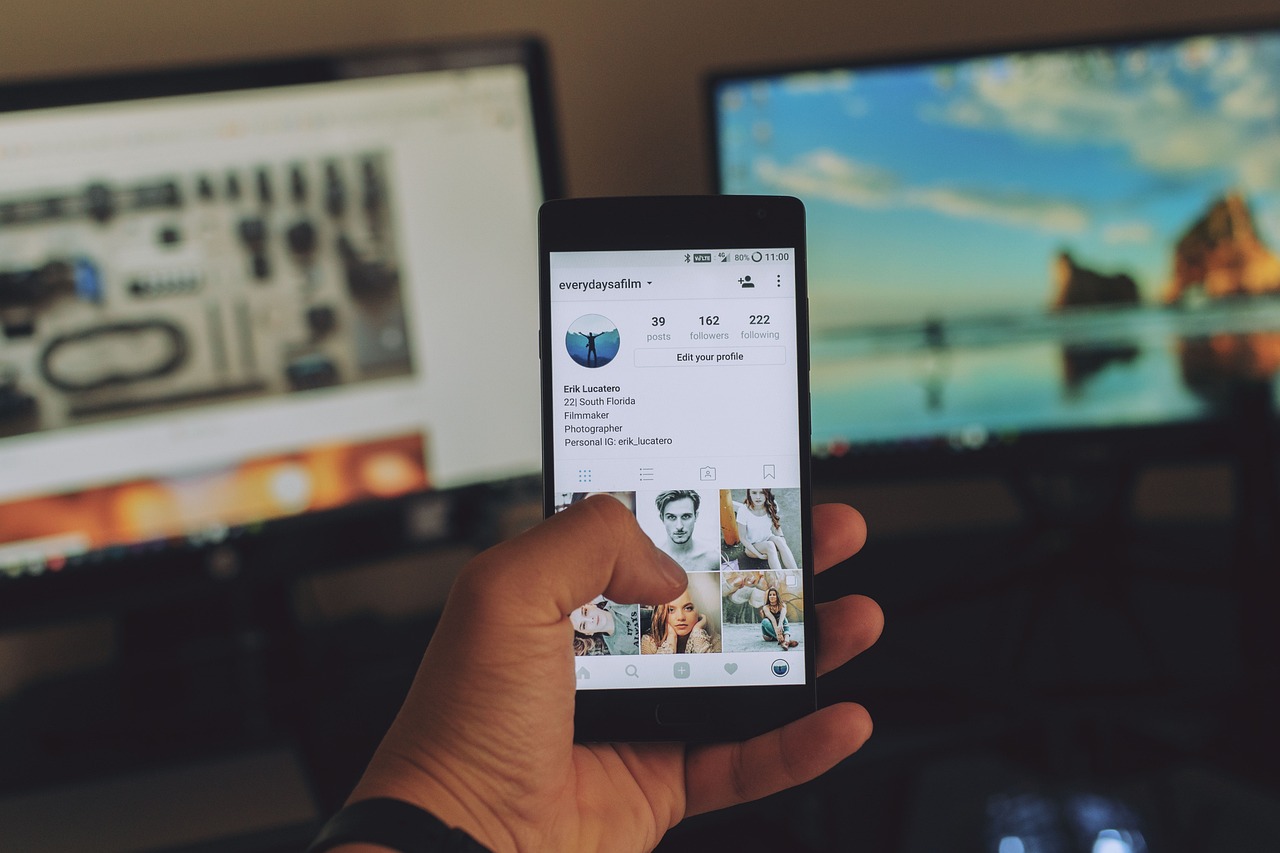
Navigating Influencer Marketing: Strategies for 2024
One of the most exciting things about working for a digital marketing agency is the pace of change. Nothing stands still. Right now in 2024, we are working with channels and approaches that barely even registered a decade ago.
One of these is influencer marketing. While the idea of public figures earning money by promoting brands is nothing new, the word ‘influencer’ was only added to the dictionary in 2019. The Oxford English Dictionary definition goes:
Influencer (noun): A well-known or prominent person who uses the internet or social media to promote or generate interest in products, often for payment.
Influencer marketing has grown with social media. The likes of YouTube, Instagram and TikTok have created a new kind of personality, one with a very direct and strong connection to large audiences of committed followers. Influencer marketing is all about tapping into this bond to promote brands, goods and services.
We’re still in the embryonic stages of influencer marketing. That makes change and innovation inevitable, as both brands and the people who make money as influencers continue to explore possibilities. At the same time, the social media landscape itself is shifting, with more channels and more content than ever vying for consumer attention, meaning brands have to stay on their toes to stay visible and relevant.
But how do you stay ahead in such a dynamic environment? In this article, we’ll share our top tips for making the most of influencer marketing in 2024.
Why influencer marketing?
Let’s start by quickly outlining why you should consider an influencer marketing strategy at all. According to Brandwatch, 76% of consumers now use social media to search for or discover new products. 81% of people also say that posts on social media influence their interest in making purchases. 80% of social media users have made purchases on the back of recommendations from influencers.
With more and more people using ad blocking software, businesses also need an alternative to paid advertising to reach the enormous audiences social media offers. Seeking partnerships and paid-for endorsements with prominent figures who already have sizeable followings on social media is the perfect option.
Today’s consumers might not trust advertising. But they trust the recommendations of their favourite influencers. In fact, stats suggest they trust what influencers recommend as much as they trust their friends and family.

5 Influencer Marketing Trends for 2024
Ready to take the next step with influencer marketing?
Here are five strategies that will help you get off the ground in 2024.
1. Lean into AI, but go cautiously
AI is transforming the world around us as we speak, so it’s no surprise that it’s having a huge impact on digital marketing. In the world of influencers, the explosion of generative AI over the past two years is helping to make branded content creation more efficient and scalable. Meta has even launched an AI influencer programme, buying the digital rights to celebrities like Kendall Jenner, Snoop Dogg and Paris Hilton, and then licensing out their AI-powered avatars for use in marketing campaigns.
It’s understandable why influencers should be turning to AI for creating sponsored content. They’re increasingly in demand, so creating content for all your endorsements becomes a burden. Of course the speed and simplicity of AI appeals. But brands should be cautious.
Over-reliance on AI can make content bland and devoid of personality. That defeats one of the objects of influencer marketing. The authentic voice of the influencer is what engages audiences.
AI is great for automating repetitive tasks like writing captions, tags, and on-page SEO. It’s also a fantastic tool for in-depth analysis of influencer-led campaigns, such as evaluating the sentiments of audiences from the language of their posts and feedback. But rather than becoming the crux of content creation, brands should consider taking on that role themselves if an influencer partner doesn’t have the capacity. Just as you would with the content for any other marketing channel.
2. Pick the right channels for your audience
The ‘big three’ channels for influencer marketing to date have been YouTube, Instagram and TikTok. But other social platforms are starting to make a play. Snapchat, for example, is rapidly evolving an impressive suite of influencer-friendly features as it looks to challenge TikTok among younger audiences.
Then there’s the rise of the ‘LinkedInfluencer’, figures who are building huge followings on LinkedIn with content that broadly falls under the ‘career coaching’ umbrella. Corporate brands are jumping on board with endorsements and sponsorships.
The more influencer marketing spreads to other channels, the more critical the decision about which channels to target becomes. As always, it’s about being where your audience is. But be careful about making assumptions.
TikTok might be widely viewed as a ‘young person’s’ app. But TikTok kids are getting older. And parents are getting involved through their kids.
3. There are more ways to work with influencers than ever
If the number of channels influencers are using is expanding, so is the number of ways brands can work with influencers. The standard model is to pay an established content creator to run endorsements or recommendations on their channels, or what is sometimes called ‘placed content’.
One big question this raises is how do brands find influencer partners to work with? One solution is affiliate marketing. Affiliate programmes make it easy for anyone with an online presence – social influencers, content creators, bloggers, podcasters – to sign up to work with a brand, earning commissions by including saleable links on their channels. Affiliate marketing is expected to grow to a $30bn industry by 2030.
Brands are also starting to think about how they can capitalise on their relationships with influencers beyond straightforward product plugs. Examples include using influencer-led promotions as a source of user-generated content, e.g. any positive feedback the partner might get from followers to a product they promote.
4. Shrink to think big with niche and hyperlocal campaigns
There’s a perception that influencer marketing is all about getting cosy with the biggest name celebrities you can find. But not all brands have access to (or the budgets to afford) A-list stars. And besides, there’s a lot more to online influence than the higher echelons of celebrity.
Lots of content creators extend significant influence over a particular niche, or even in a particular local geographical area. They may not have a high profile beyond. But if the niche they cover is relevant to your brand, there’s a high chance their audience will be interested in what you offer. Similarly, if your business operates in certain locations, you will likely get more traction with targeted campaigns run in partnership with creators who have a strong local following.
5. Be in it for the long haul
Finally, there has been a tendency to think of influencer marketing in terms of one-off campaigns, and also for brands to try to work with as many influencers as possible to maximise their reach. The hole in this thinking is that even the most committed followers of an online personality will not automatically jump on their every recommendation. If it’s a one-off, it will pass by a large chunk of their audience.
You get better results from forging long-lasting relationships with influencers. Ongoing endorsements create a drip-drip effect. More of their audience see your name, more of their audience trust the recommendation.
Interested in finding out more about influencer marketing? Or seeking advice on digital marketing services in general? Get in touch with us today.



